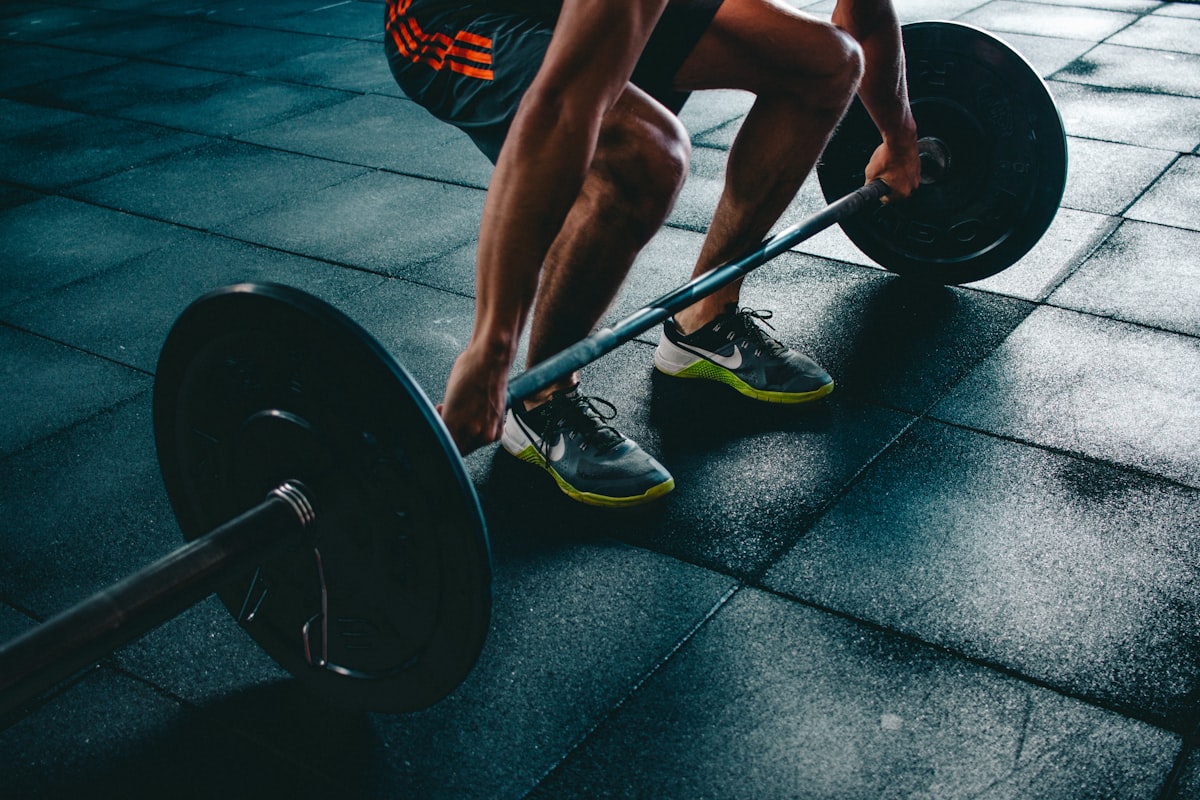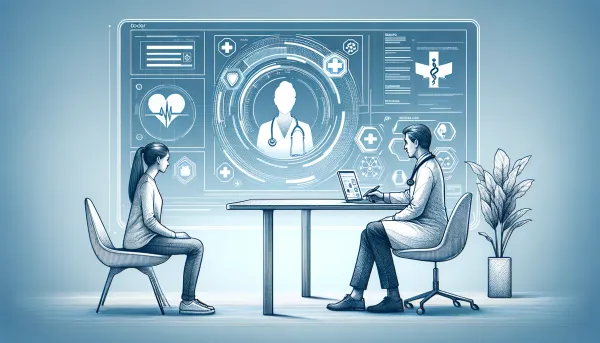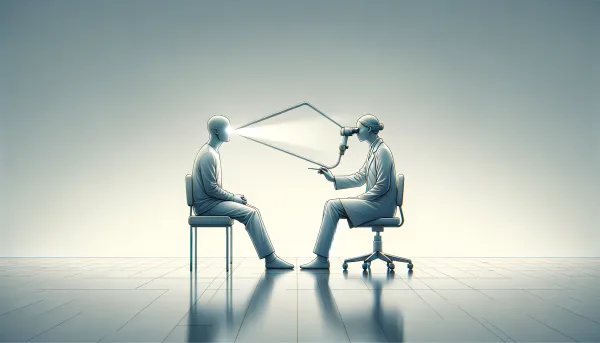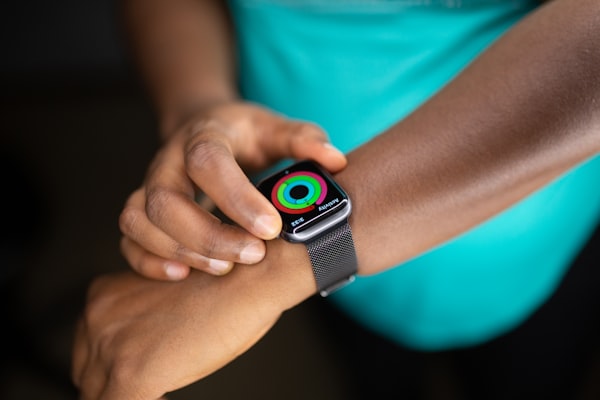Polar, Insulin, Stem Cells, Emission and Failure
Science behind Polar, insulin during exercise, stem cells for tissue repair, emissions after the pandemic and failure in healthcare.

Sunday MashUp #10 brings you some interesting resources about the science behind fitness wearables, glucose uptake during exercise, how stem cells are used to repair spinal cord and the heart, how emissions may fluctuate after the pandemic and how failure could improve our healthcare.
Exercise
I was researching fitness trackers and watches for a collaboration post and I came across a “gold mine” of the science behind Polar’s technology. I’ve never seen this before in any other fitness wearables manufacturer, except maybe Apple with their Stanford heart study. Back to Polar. This library includes “white papers” explaining how they tested their technology and how it works. They also have a research library where they actively publish what is found out from the data they gather. Go check it out and let me know if you found something interesting!
Insulin stimulates the synthesis of GLUT4 transporters and allows glucose to enter the cells. This happens, for example, in the skeletal muscle. Some very interesting things, however, happen during exercise. First of all, the skeletal muscle becomes more sensitive to insulin. Glucose uptake becomes much more efficient. This is the insulin-dependent pathway, but exercise also stimulates the insulin-independent pathway. Somehow, muscle contraction causes the GLUT4 transporters to translocate to the membrane and allows the glucose to enter the cell without insulin. That’s also why exercise is so beneficial for diabetics (especially type 1). To learn more listen to this podcast. You can skip to about 1:46:30 to listen just to this part.
Stem Cells
This is an article describing how Mayo Clinic tested their stem cell therapy in humans for the first time. They did it in a surfer from San Francisco, who fell and broke his neck at 8 places when he hit the ocean floor. He was paralysed below his neck and was lucky to be saved by a friend. Luckily, he was able to walk again after 6 months. Nevertheless, neurosurgeons at the Mayo Clinic took his adipose cells, converted them to mesenchymal cells and injected them into his spinal canal. Watch this video to see what they achieved.
More Mayo Clinic and more stem cells, but this time with repairing the heart. The cardiopoietic cells are derived from a person’s bone marrow and can reverse the damage of the heart muscle after a heart attack. Two-thirds of the disease-induced changes can be fully or partially reversed. Consequently, 85% of cellular functions affected respond well to the treatment. This is not even applicable only to the heart, but it will help us understand how stem cells work in other organs. You can read more here, or go in-depth with the actual research paper.
Environment
Emissions will decline by nearly 8% as a result of the COVID-19 pandemic. That’s great and all, but if countries don’t make efforts to shift to cleaner energy, the emission may soar again. Another danger is that if countries will push the industry to produce more, the emission may even be greater than before the drop (just as in 2010). I recommend reading this article for more details.
Failure
You know how every airplane has a black box that they use to analyse what happened after a crash? Well, because of that and many accidents, airplane travel is the safest one of them all. They learned from their failure. According to Matthew Syed, it’s not quite so in healthcare yet. Between 44,000 and 98,000 patients die each year as a result of preventable medical errors. In 2002, Gary S. Kaplan started fostering honesty about failure in healthcare and performed analyses with his team. In 2013, that hospital recorded a 74% reduction in costs produced by lawsuits. Now, this is almost 10 years ago, but this is just a remarkable fact I wanted to share. For more, read the whole book by Matthew Syed titled “Black Box Thinking”.




